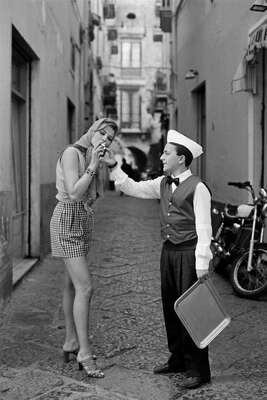
Fashion Photography for Sale
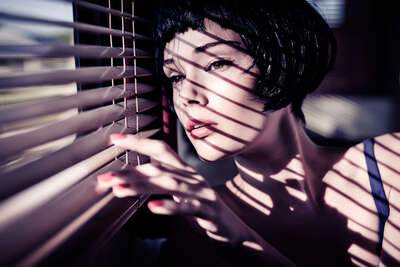

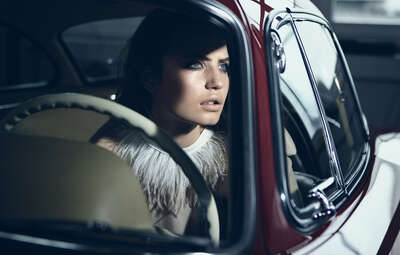


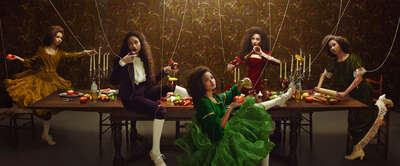
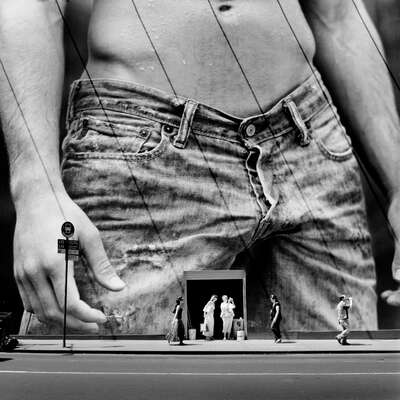

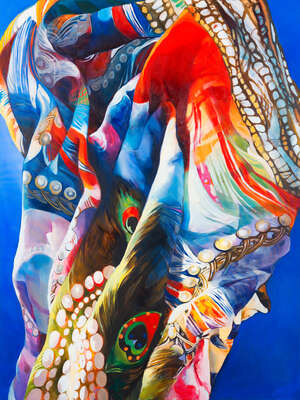



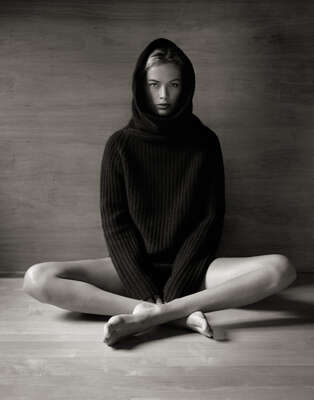

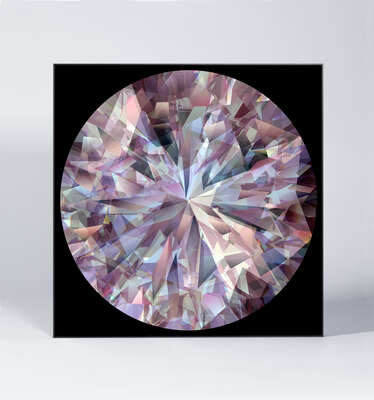



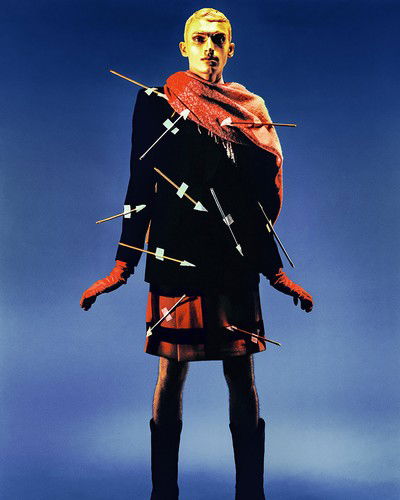

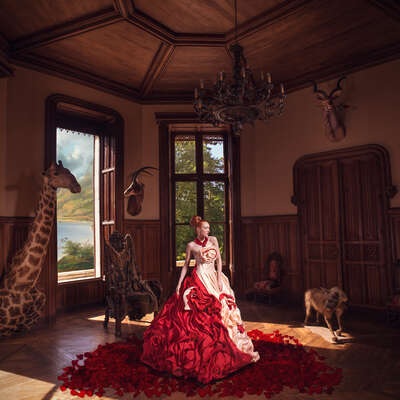

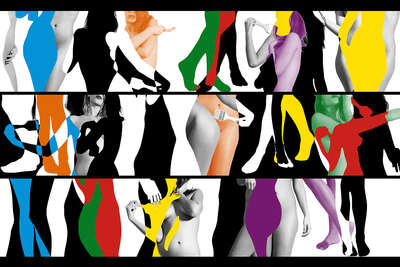

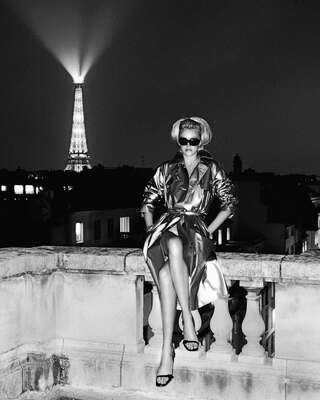

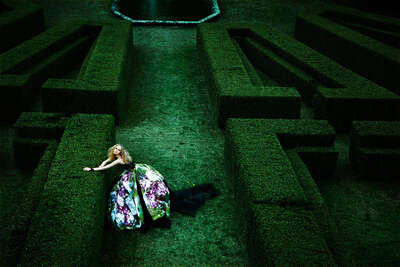

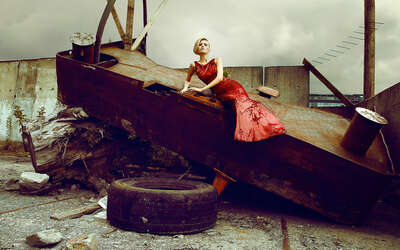

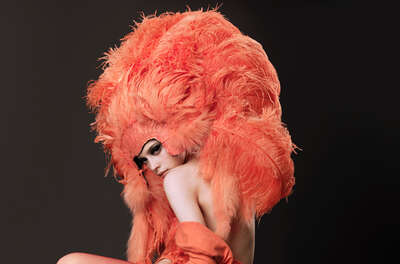

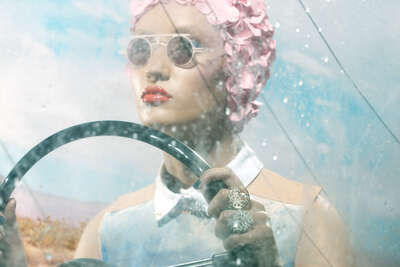

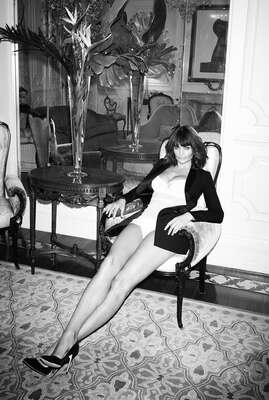

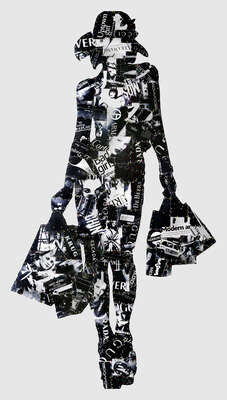

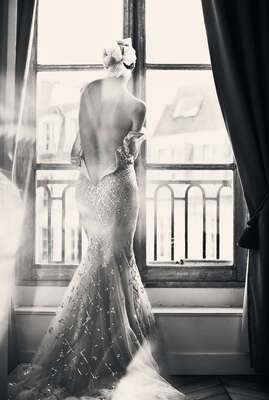

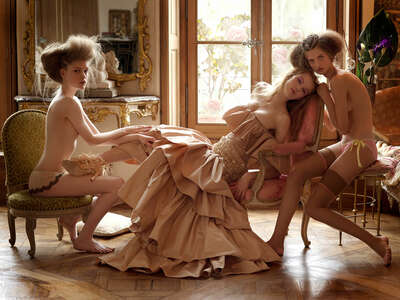

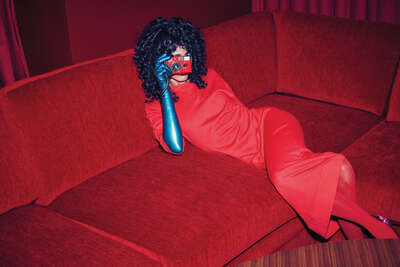

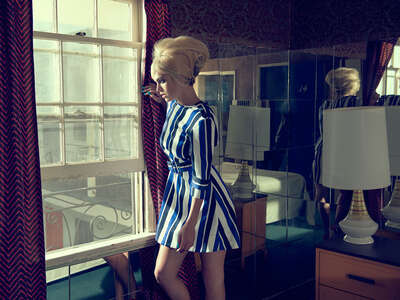

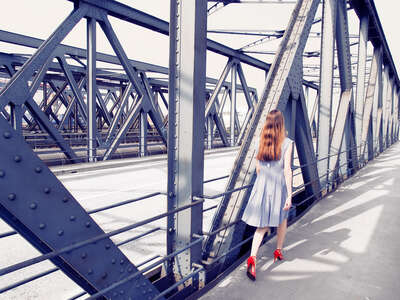

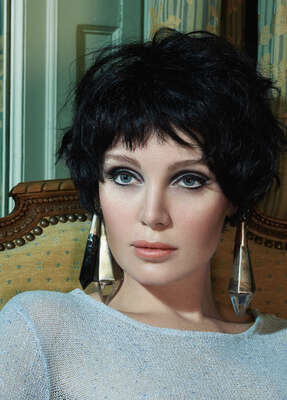

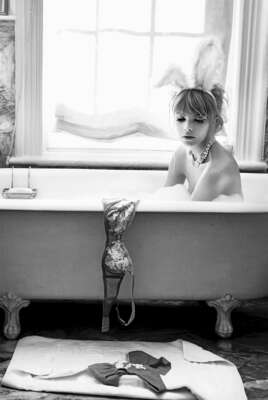

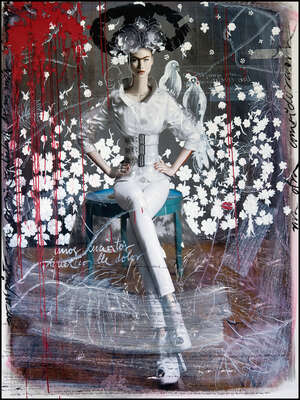

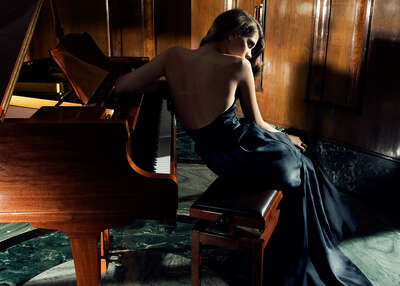

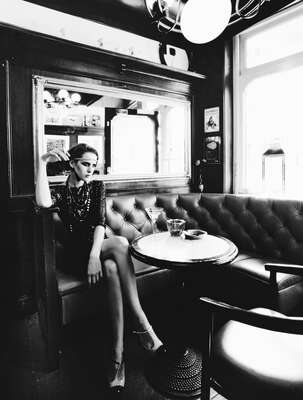

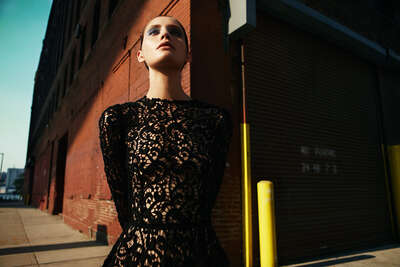



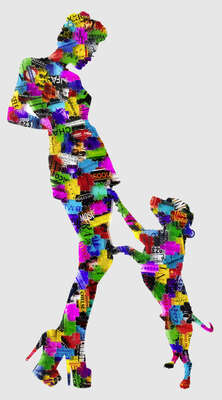

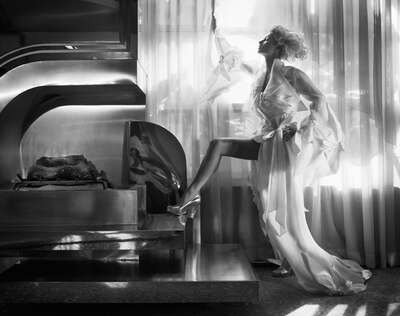

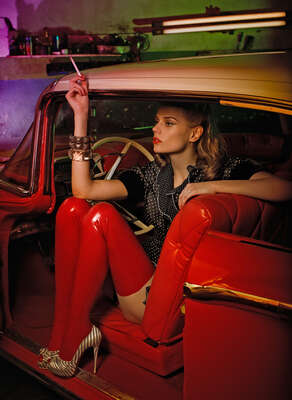

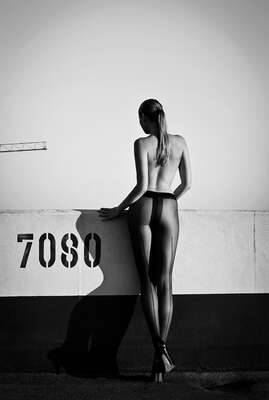

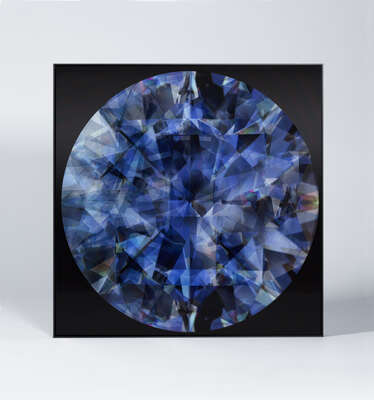



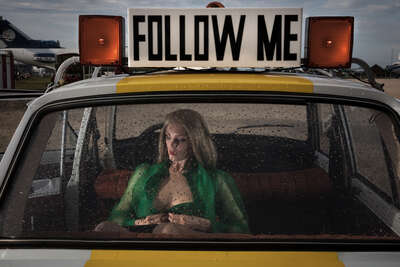

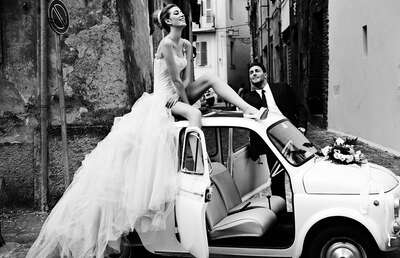



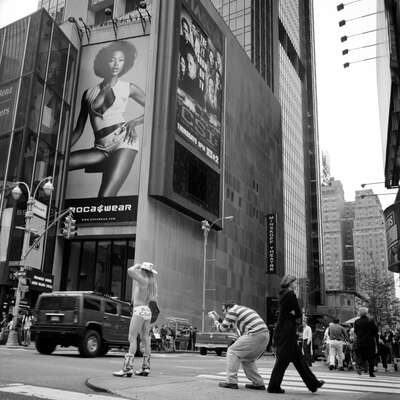

Fashion Art Photography: Opulence and Minimalism
Fashion photography is a paradoxical genre. On the one hand, it has been one of the great drivers of photography's status as a fine art, as well as its popularity. On the other, it has been the most reproducible of art forms, popularized through magazines and commercial publications, and now available to everyone as a cherished medium of contemporary self-expression.
The history of fashion photography begins in the 19th century: in 1856, a book of 288 photographs is published by Adolphe Braun, a famous French textile designer and photographer. It shows the first fashion pictures and the first model demonstrating the clothes. At the beginning of the 20th century fashion pictures gain more and more importance, the famous women's fashion magazines Vogue and Harper's Bazaar invited photographers to do fashion photo spreads for their issues - until then fashion was only presented in hand-drawn sketches. At this time, the first photo studios also establish themselves in European capitals such as Paris and Berlin.
As an independent artform, fashion photography begain with Baron Adolph de Meyer in the late 19th century. Through his efforts, along with other photographers like Man Ray and Edward Steichen, the photographic portrait evolved alongside of the development of photography as a primary commercial format. In the pages of magazines like Harper's Bazaar and Vogue, these photo artists, along with others like Horst P. Horst and George Hoyningen-Huene, both elevated the form and brought it down to earth. In the hands of photographers like Martin Munkacsi, fashion models were captured in more prosaic settings.
From the mid-20th century, Richard Avedon, Helmut Newton, and other artists were key to the development of fashion art and the fashion industry. In the hands of an artist like Newton, pornographic subject matter could at times coincide with high fashion photography. Thanks to the magazines, fashion art images became an art form in their own right in the 1920s and 1930s. After the Second World War, famous fashion photographers such as Irving Penn or Richard Avedon determined the look of the fashion pictures until the 1950s, which at that time was still quite staid. It wasn't until the "Swinging Sixties" that the style became fresh and dynamic.
In the following 20 years, legendary photographers such as Helmut Newton and Guy Bourdin dominate fashion photography. Fashion images are now often set in an artistic framework and aesthetically more and more sophisticated, black and white is very popular.
During the 1990's, the triumphal era of supermodels like Claudia Schiffer or Naomi Campbell again transformed fashion photography. It became once again more commercial, more realistic, and more suited to mass consumption. The 21st century has brought the genre full circle: the comercial aspect is often downplayed. As at the very beginnings, artistic vision leads the way.
The types of fashion photography are as various as fashion itself. Commercial works can feature an idealized subject against a neutral background, and often seek to convey attitudes of coolness and independence. The fashion shoot is an activity which is often present as a self-referencing genre: an ideal fashion model is equal parts aloofness and self-awareness, conveying to a viewer both a cool detachment and the curated self. With the advent of social media as a primary mode of communication and self-expression, fashion photography is an everyday practice, undertaken by amateurs as well as professionals who increasingly seek to capture with an artistic eye the mass phenomenon of the selfie, which has to power to refine or glamorize in an instant anyone, anywhere.
One striking feature of fashion images are photographs which are composed with a kind of aesthetic overload. Color may work through extreme intensity and contrasts, and a model's clothing and makeup may present as highly desirable, but impractical for a consumer's daily routine. Backdrops may have the lighting and texture of film, or consist in fantastic or mythical scenarios. Here, the quality of fashion photography as art shines through: the fashion itself, even as product, is often somewhat marginal to the composition of the photograph, instead being present as a final product after an optical journey of allusion and storytelling.
The LUMAS collection of fashion art photography contains works by some of the greatest fashion photographers of all time, and some of the most inspiring emerging artists working today. The Germany Vogue Collection is a throwback to the early days of fashion as a fine art. Our line of celebrity portrait photography contains some of history's most recognizable fashion subjects, executed by great fashion photo artists
Black and white fashion images by the Belgian-born Wouter Deruytter display pedestrian subjects in front of provocative pictures of models in fashion poses. The world-renowned photographer Andreas Kock, inspired by Newton, creates hyperrealistic fashion nudes with a sophisticated cinematic quality. Today, the designer Christian Lacroix is one of the leaders of fashion as a fine art form.
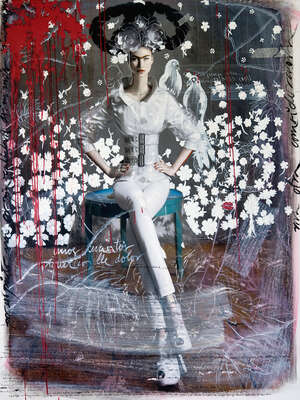
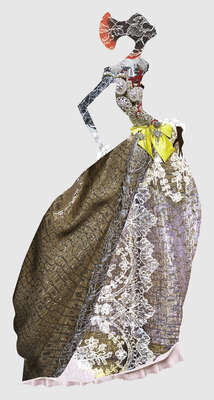
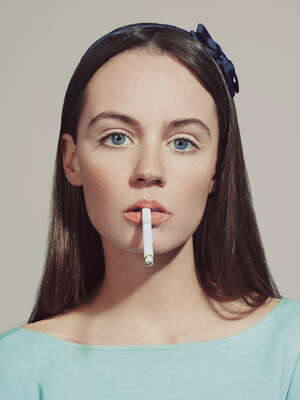
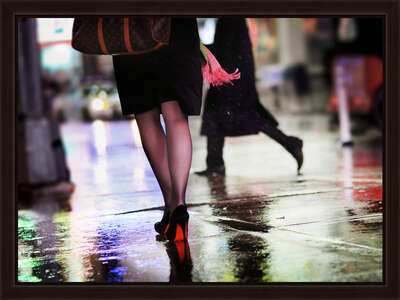

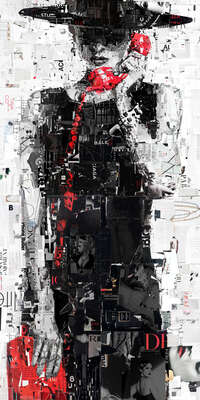
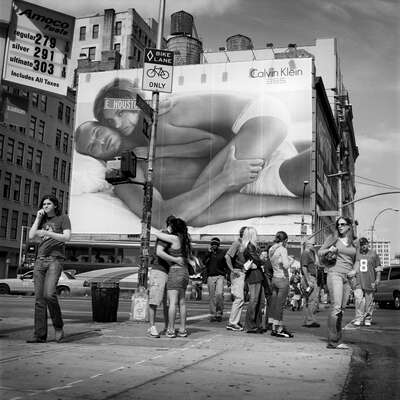

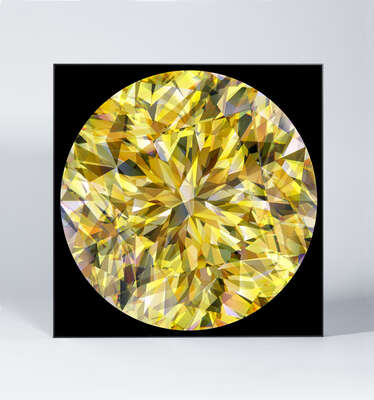
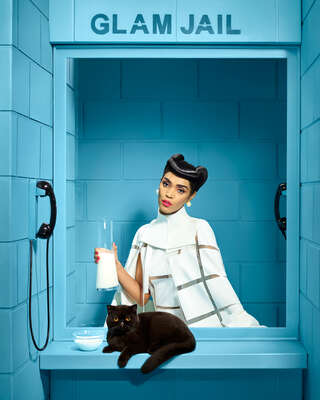

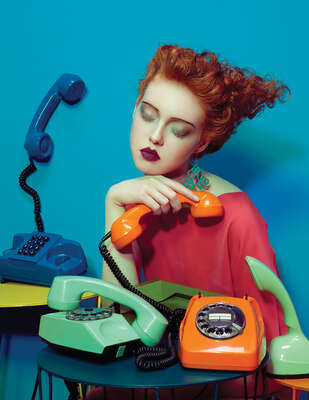

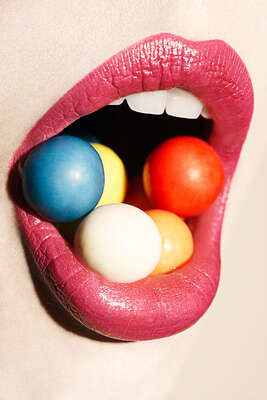
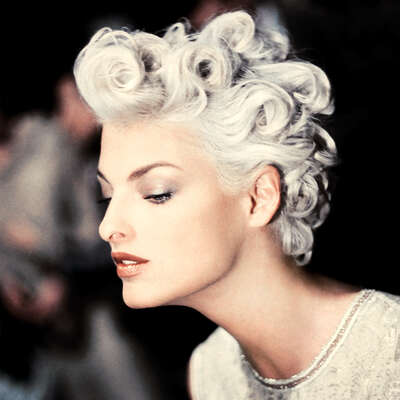
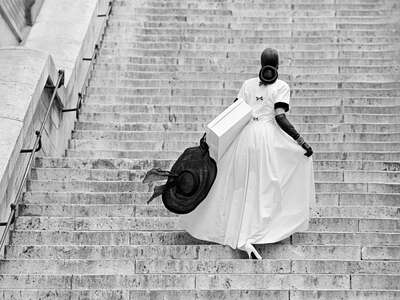
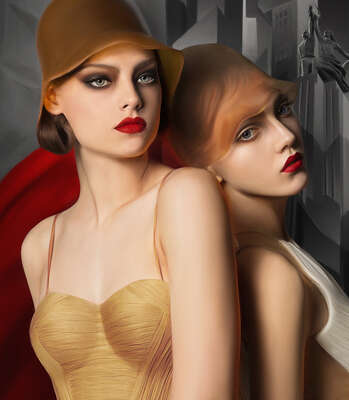


 No thanks, I would like to stay on this site.
No thanks, I would like to stay on this site. Yes, I would like to switch.
Yes, I would like to switch.